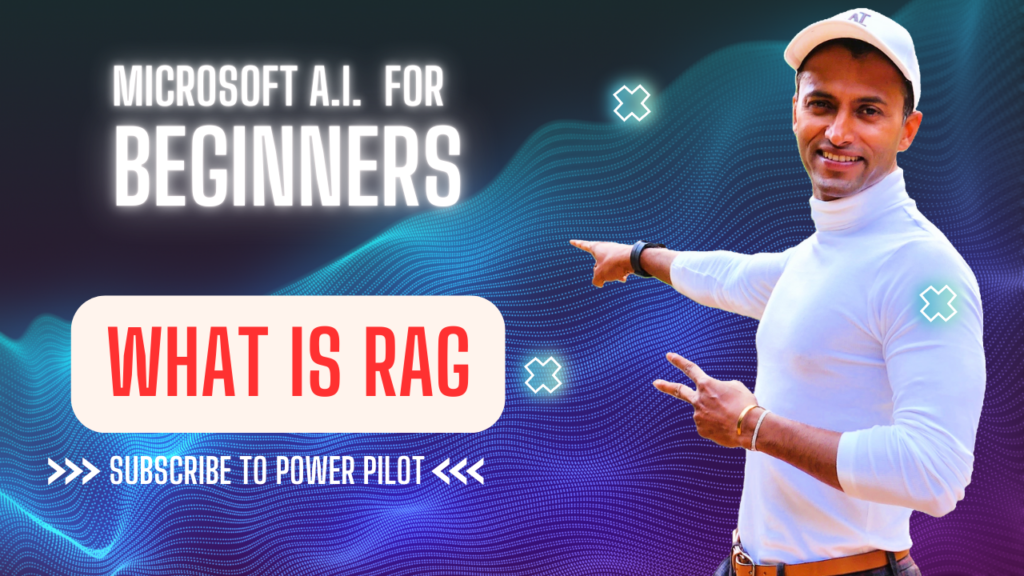In today’s fast-paced business landscape, having real‑time access to accurate information isn’t just a nice-to-have—it’s a competitive necessity. Companies across industries are constantly searching for the most relevant insights to drive smarter decisions, enhance customer service, and improve operational efficiency. Enter Retrieval-Augmented Generation (RAG)—a breakthrough AI technology that combines the power of large language models with intelligent data retrieval to deliver precise, context‑rich responses.
Why Traditional AI Isn’t Enough
Generative AI has made significant strides in automating content creation and generating responses based on large datasets. However, while standalone large language models (LLMs) can produce impressive outputs, they often fall short when it comes to answering complex, dynamic queries. For example, when searching for competitive market intelligence or real‑time customer insights, these models can sometimes provide outdated or generic responses that don’t address specific business needs.
This is where RAG makes a difference. By seamlessly integrating real‑time data retrieval into the generative process, RAG not only leverages the creative power of LLMs but also ensures that the information provided is current, accurate, and tailored to your business context.
How Does RAG Work?
At its core, RAG is a two‑step process:
Intelligent Data Retrieval:
RAG starts by indexing your most critical business data—be it internal reports, customer records, market research, or real‑time feeds. Using advanced search capabilities, the system sifts through this data to identify the most relevant pieces of information based on your query.Generative AI Synthesis:
Once the data is retrieved, the LLM takes over, processing the collected insights and generating a response that is both context‑rich and precise. This means your team receives not just a generic answer, but a carefully crafted response that directly addresses the specific query.
This combination of real‑time data retrieval and generative synthesis enables RAG to provide actionable insights without the need for extensive model retraining or manual data consolidation. The result? Faster decision‑making and improved operational efficiency across the board.
Business Applications of RAG
RAG’s versatility makes it a valuable tool for a wide range of business applications. Here are just a few examples:
Internal Knowledge Management:
Employees waste valuable time searching for the latest internal documents or policy updates. RAG can instantly pull the most relevant, up‑to‑date information from your company’s knowledge base, reducing search time by up to 40%.Customer Service:
Imagine a customer service portal where representatives can get precise answers drawn from real‑time data, including recent purchase history, current product updates, or pricing changes. With RAG, support teams can provide quicker, more accurate responses—leading to higher customer satisfaction.Market Intelligence:
In rapidly changing industries, accessing current market data is critical. RAG can integrate live feeds and historical data to generate comprehensive market analyses, helping product teams and executives stay ahead of the competition.Compliance and Risk Management:
For industries where regulatory compliance is crucial, RAG can automate the retrieval of the latest compliance documents and updates, ensuring that your business adheres to all relevant standards without the need for manual audits.
The ROI of Implementing RAG
Implementing RAG isn’t just about technological innovation—it’s about driving measurable business results. Enterprises that have adopted RAG have reported:
- Significant Time Savings: With automated data retrieval, employees can focus on high‑value tasks rather than manual searches.
- Enhanced Accuracy: By using up‑to‑date data, decisions are based on the latest insights, reducing risks associated with outdated information.
- Cost Reduction: Automating knowledge retrieval minimizes the need for extensive manual processes and expensive consulting services.
Ultimately, RAG transforms how businesses access, process, and utilize data—ensuring that every decision is grounded in the most accurate and relevant information available.
Conclusion
In an era where information is power, RAG empowers your business to harness that power efficiently and securely. By combining intelligent data retrieval with advanced generative AI, RAG offers a practical solution that transforms raw data into actionable intelligence—providing your business with the competitive edge it needs to thrive.
Ready to elevate your business intelligence and decision-making? Explore how Microsoft A.I. RAG can transform your organization’s data strategy, and experience the future of smart, data‑driven business today.
